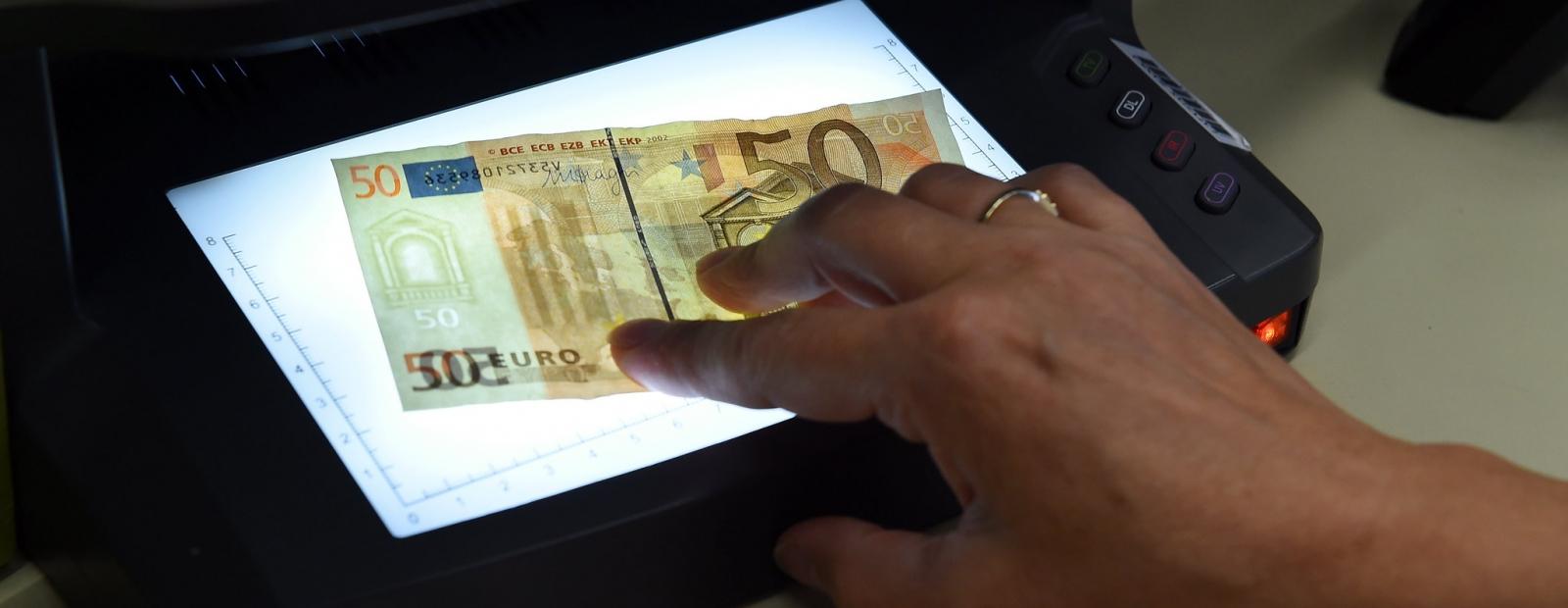On Tuesday, January 30, the Central Bank of Cyprus reported that the volume of counterfeit euro bills in the island nation has increased significantly in 2023.
A total of 642 banknotes of various denominations were withdrawn from circulation. This is 42.4% more than in 2022.
At the same time, the most common counterfeit banknotes in Cyprus turned out to be banknotes with a nominal value of 20 euros. They accounted for 41.7% of the total number of counterfeits seized. About 6.7 million coins were also checked, of which 0.14% (9,231 coins) were rejected. Most of the counterfeits were detected by bank tellers. The Central Bank of Cyprus urged citizens to be cautious and check in detail the banknotes they receive during cash transactions. Instructions on how to do this can be found on the website of the country's main financial institution or the European Central Bank (ECB).
The Central Bank of Cyprus is responsible for issuing both banknotes and coins. In particular, it prints the number of banknotes authorized by the ECB. As for coins, they fall under the jurisdiction of the government. It in turn appointed the Central Bank as its representative for all matters relating to the minting of euro coins in Cyprus back in 2016. The Central Bank is allowed to withdraw from circulation both banknotes and coins that it deems unsuitable.

It should be noted that a large increase in counterfeit banknotes in 2023 was also recorded in the whole European Union.
According to the ECB, a total of about 467 thousand counterfeit euro banknotes of various denominations were seized in all EU countries. This is 24.2% more than in 2022. As it turned out, counterfeiters most often counterfeit banknotes with denominations of 50 and 20 euros. They account for 72.4% of the total. Interestingly, 97.2% of counterfeit banknotes in 2023 were detected in eurozone countries, 1.9% - in the rest of the European Union, and 0.9% - in other countries of the world.
